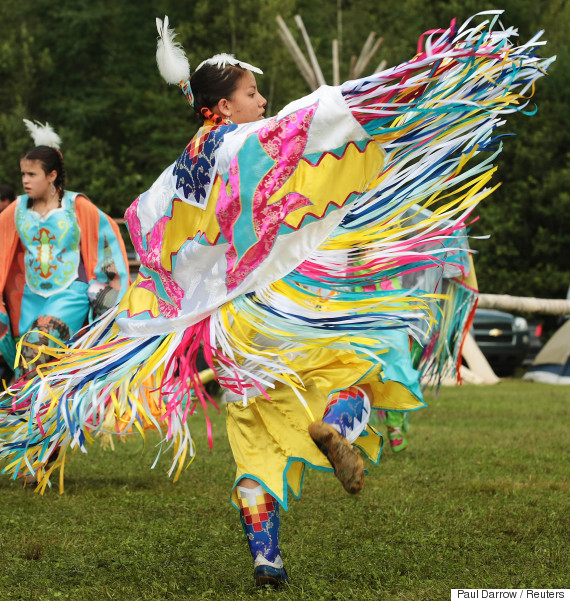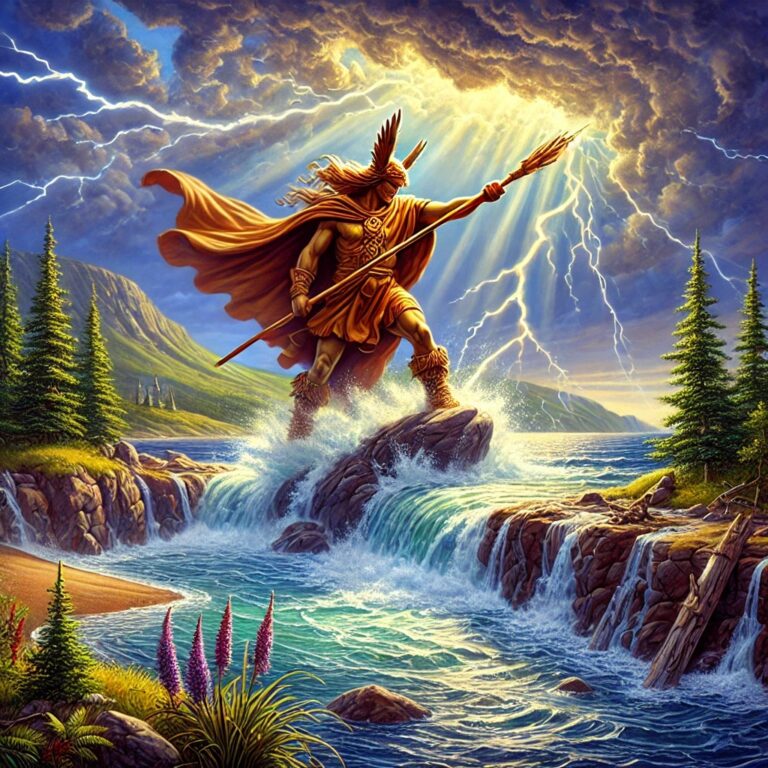The Mi’kmaq, a skilled people of hunters and fishermen, lived in harmony with nature and developed a complex society based on respect for the environment and the spirits of the natural world.
In the 17th century, the first European explorers reached the coasts of Nova Scotia. The French, attracted by the rich fishing grounds and trade potential, established the colony of Acadia. The relationship between the Mi’kmaq and the French settlers was mostly peaceful and mutually beneficial. The Acadians, as the French settlers were called, learned from the Mi’kmaq how to survive and thrive in this new land.
With the Treaty of Utrecht in 1713, a large portion of Acadia was ceded to Britain. This treaty was a result of the War of Spanish Succession, in which Britain fought against France and Spain. To end the war and secure peace in Europe, several territories were exchanged between the powers. Acadia, a strategically important region, fell to the British. British rule brought many changes. The British sought to tighten their control over the colony and began settling British settlers. This led to the deportation of the Acadians between 1755 and 1764. This „Great Expulsion“ forcibly relocated thousands of Acadians to other British colonies or France. The deportation had a profound impact on the demographic and cultural landscape of the region, as the Acadians were forced to leave their homeland and their communities were fractured.
Cape Breton: An Island of Historical Significance
The large island in the northeast of Nova Scotia played a central role in the region’s history. The Mi’kmaq had lived on Cape Breton for thousands of years before the arrival of Europeans. The French built the Fortress of Louisbourg here, one of the largest fortified cities in North America. This fortress was a significant military outpost and a symbol of French power in the New World. Founded in 1713, Louisbourg was a strategic location for trade and defense. The French invested considerable resources in the construction and defense of the fortress, which became one of the most heavily fortified cities in North America. Today, Louisbourg is an important historic site that attracts visitors from around the world. The reconstructed buildings and life-like reenactments offer a fascinating glimpse into colonial life in the 18th century.
Cape Breton itself is a region of exceptional natural beauty and cultural diversity. The island is famous for its rugged coastlines, lush forests, and picturesque villages. The Cabot Trail, one of the world’s most famous scenic drives, winds through the island’s dramatic landscapes, offering breathtaking views of the sea and mountains. The island also has a rich musical tradition, strongly influenced by the Scottish and Irish immigrants who settled here in the 18th and 19th centuries. Cape Breton is renowned for its lively Celtic music scene, and the annual Celtic Colours International Festival draws musicians and fans from around the globe.
The Mi’kmaq are the largest Indigenous group in Nova Scotia. Their culture is deeply rooted in respect for nature and rich oral traditions. The Mi’kmaq believed in the spiritual connection between all living things and the natural world. One of the most well-known Mi’kmaq legends is that of Glooscap, a cultural hero who shaped the landscape and protected the people.

The Legend of Glooscap and the Creation of the Bay of Fundy
Glooscap, a powerful and wise hero of the Mi’kmaq, shaped the world and its landscapes. Glooscap was born from a lightning strike that hit an ancient maple tree. From birth, Glooscap possessed extraordinary powers and a deep connection to nature. He could speak with animals, control the weather, and master the elements. Glooscap quickly grew into a wise and mighty leader of his people. One day, while wandering through the forests, Glooscap encountered the Great Spirit, who entrusted him with an important mission: he was to shape the land and make it habitable for the Mi’kmaq. The Great Spirit showed Glooscap the endless possibilities and gave him the power to create mountains, rivers, and forests. Glooscap set out to shape the world. One of his greatest works was the creation of the Bay of Fundy. This bay, known for having the highest tides in the world, was once a shallow and unremarkable coastline. Glooscap saw the potential of the region and decided to make it something unique.
With a mighty strike of his large staff, carved from the wood of an ancient maple tree, Glooscap hit the earth. The ground shook and cracked open, and the sea began to flow into the newly formed bay. But this was only the beginning. To control the tides and make the bay a vibrant and dynamic place, Glooscap built a massive dam of rocks and earth.
As Glooscap built the dam, he was challenged by a giant evil spirit who lived in the region and sought to claim the power of the sea for himself. This spirit, dwelling in the deep caves of the coast, tried to drive Glooscap away and destroy the dam.
Glooscap bravely confronted the spirit. A fierce battle ensued, causing the earth to tremble and the waves to rise. With each strike of his staff, Glooscap sent lightning and thunder against the spirit. Eventually, Glooscap defeated the evil spirit and banished him deep beneath the sea floor.

After the battle, Glooscap continued his work and completed the dam. He spoke words of blessing over the Bay of Fundy, declaring that the tides of this bay would never be still but would always remain in motion. This would provide the Mi’kmaq with a rich source of food and resources.
The Bay of Fundy became a place of unparalleled beauty and wealth. The tides, controlled by Glooscap’s power, brought an abundance of fish, shellfish, and other marine life. The Mi’kmaq used these gifts and lived in harmony with nature, as taught by Glooscap.
Your Thoughts?
Have you emigrated and have your own story to tell? Do you know something about the history that we haven’t mentioned? We’d love to hear from you! Are you planning to emigrate? What are your hopes and fears about starting fresh? Do you have any tips or tricks you’d like to share with us? We look forward to hearing from you!
